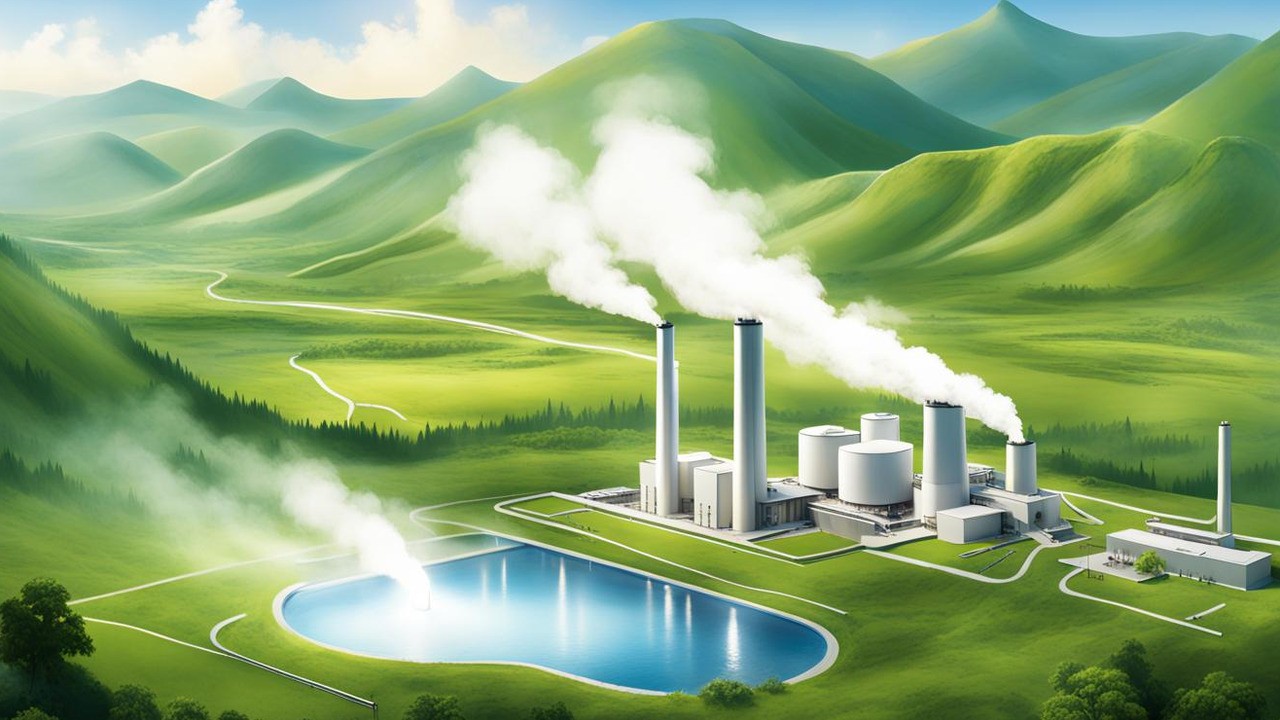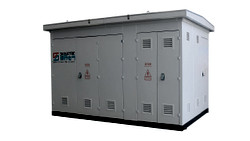In our ongoing series on renewable energy sources, we have covered wind, water, and solar power. Today, we turn our attention to another remarkable source of clean energy: geothermal power. In this article, we will delve into the fascinating world of geothermal energy generation, exploring its potential, benefits, and applications.
Understanding Geothermal Energy
Geothermal energy, derived from the Greek words "geo" (meaning Earth) and "thermos" (meaning heat), refers to the heat energy stored beneath the Earth's surface. It is a renewable energy source that stems from the natural decay of radioactive materials in the Earth's core and the heat left over from the planet's formation.
The heat transfer process from the Earth's core to the surface involves conduction, convection, and radiation. Heat is conducted from the core to the mantle, where it drives convection currents. These currents gradually transport the heat towards the Earth's surface, where it can be harnessed for energy generation.
Geothermal Power Plants
Geothermal power plants harness the heat energy from the Earth's interior to generate electricity. There are three main types of geothermal power plants: flash steam, binary cycle, and dry steam.
- Flash steam power plants are the most common type and operate by tapping into high-pressure hot water reservoirs beneath the Earth's surface. The hot water is brought to the surface through production wells and is then passed through a separator, which separates the steam from the water. The steam is then used to rotate a turbine, converting the heat energy into mechanical energy, which is further transformed into electrical energy by a generator.
- Binary cycle power plants are specifically designed to harness the potential of lower temperature geothermal resources. Unlike conventional geothermal power plants that rely on high-temperature steam, binary cycle power plants employ a heat exchanger. This innovative device facilitates the transfer of heat from the geothermal fluid to a secondary fluid known as the organic Rankine cycle (ORC) fluid. The ORC fluid, with its lower boiling point, undergoes vaporization, driving a turbine to generate electricity. This ingenious approach allows maximizing the utilization of geothermal resources, even those with lower temperature profiles.
- Dry steam power plants are specifically built near underground reservoirs that contain naturally occurring steam. The steam is extracted from the reservoir, directly used to rotate the turbine, and then condensed back into water for reinjection into the reservoir. This type of geothermal power plant is the oldest and relies on the availability of high-temperature steam for electricity generation.
Benefits of Geothermal Energy
- Geothermal energy is a clean, renewable energy source with minimal greenhouse gas emissions, making it an environmentally friendly choice. Unlike fossil fuel-based power generation, geothermal energy does not release significant amounts of carbon dioxide, sulphur dioxide, or nitrogen oxides into the atmosphere.
- Geothermal power plants offer baseload capacity, providing a stable and reliable source of electricity that can operate 24/7. Unlike other renewable energy sources, such as wind and solar, which are subject to weather conditions, geothermal energy is not dependent on external factors, ensuring a consistent power supply.
- In addition to its environmental and reliability advantages, geothermal energy has significant economic benefits. The development and operation of geothermal power plants create job opportunities and contribute to local economic development. Furthermore, geothermal energy reduces dependence on imported fuels, enhancing energy independence for countries with significant geothermal resources.

(credit CLOU)
Geothermal Applications Beyond Power Generation
Geothermal energy has diverse applications beyond electricity generation. One of the most prominent applications is geothermal heating and cooling systems. These systems utilize the stable temperature of the Earth to regulate indoor climate efficiently. Geothermal heat pumps extract heat from the ground during the winter months to provide heating and release heat back into the ground during the summer for cooling. This approach significantly reduces energy consumption and associated costs compared to traditional heating and cooling methods.
Residential, commercial, and industrial buildings can benefit from geothermal heat pumps, which utilize the Earth's heat for space heating in winter and cooling in summer. These systems provide a sustainable and cost-effective solution for maintaining comfortable indoor environments.
Direct use applications of geothermal energy include spas, greenhouses, fish farms, and agriculture. The stable and controllable heat provided by geothermal resources enhances productivity while minimizing environmental impact. For example, geothermal spas offer relaxation and therapeutic benefits, while geothermal greenhouses create optimal growing conditions for plants throughout the year.
Geothermal energy also has the potential to play a crucial role in district heating systems, providing sustainable heating to communities. By utilizing geothermal resources, district heating systems can reduce reliance on fossil fuels and contribute to decarbonization efforts.
Black-Start Capabilities of Geothermal Power Plants
In addition to their role in sustainable power generation, geothermal power plants offer a unique advantage in terms of black-start capabilities. A black-start refers to the ability of a power plant to restart its operations independently in the event of a blackout or complete power loss.
Geothermal power plants, particularly those utilizing binary cycle technology, possess inherent black-start capabilities. Unlike traditional power plants that rely on an external electrical supply to initiate operations, binary cycle plants can generate electricity using the heat from the geothermal fluid, even when the main grid is down.
By leveraging a secondary working fluid, such as an organic Rankine cycle (ORC) fluid, binary cycle power plants can initiate power generation without external support. This resilience enhances the reliability and stability of the electrical grid, as these geothermal plants can play a vital role in restoring power after an outage.
The black-start capabilities of geothermal power plants highlight their significance not only in sustainable energy production, but also in maintaining grid stability and resilience.
Takeaway
Geothermal energy presents a significant opportunity for sustainable power generation and direct applications. By harnessing the Earth's heat, we can reduce our dependence on fossil fuels and mitigate the environmental impact of traditional energy sources. Geothermal power plants offer a reliable and constant source of electricity, while geothermal heating and cooling systems provide efficient temperature regulation.
Thank you for reading. If you have any inquiries or need more information about how to achieve accurate measurements for precise billing, including our fabulous range of smart meters and advanced data acquisition systems, please don't hesitate to reach out. We're here to assist you.
Until then, keep shining bright like a solar panel on a sunny day! Your feedback is important to us, so don't be shy to share your thoughts.
Editor's note: This article was originally published in October 2023 and has been updated for comprehensiveness.





All comments are moderated before being published. Inappropriate or off-topic comments may not be approved.